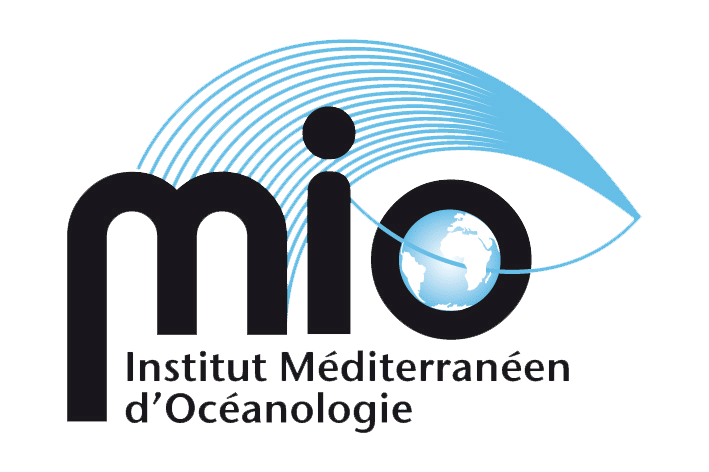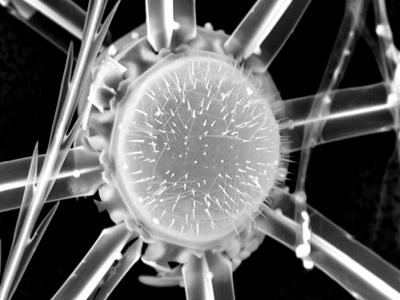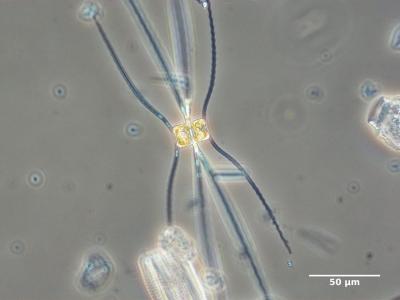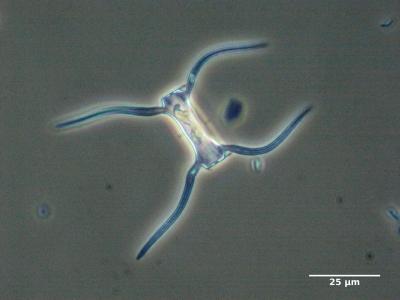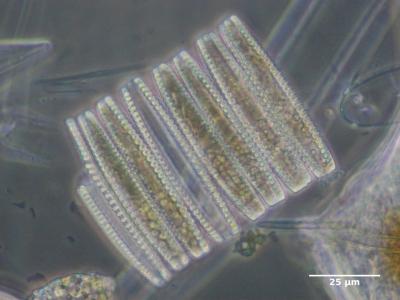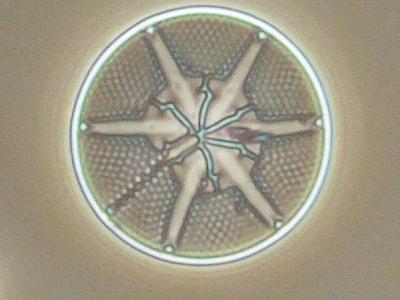The role of living organisms in the capacity of the oceans to absorb atmospheric CO2 is still very poorly understood, particularly in offshore areas. Antarctica occupies a special place because this polar ocean is the site of intense CO2 penetration due to the low temperatures of its waters.
In this context, MOBYDICK aims to study the links between the biological carbon pump and the structure of the Antarctic food web. To solve this problem, MOBYDICK proposes a new approach by considering the entire food web, from microbes to top predators, and exploring the hitherto poorly studied relationships between biogeochemical fluxes (CO2 in particular) and pelagic biodiversity. The dataset required to test the hypotheses proposed in MOBYDICK was acquired during an oceanographic campaign that took place off the Kerguelen Islands in February-March 2018.
In this well-documented area, two contrasting ecosystems - "Low biomass, low export" and "High biomass, low export" - coexist. MOBYDICK has brought together an international consortium to develop a wide range of techniques for determining stocks, fluxes and biodiversity, which are rarely used simultaneously. The results will be a first step towards a fundamental understanding of important processes, and will also provide essential information for the sustainable management of these vulnerable ecosystems in the context of ongoing climate change.
During MOBYDICK, we deployed a 'bottlenet' at sea for the first time. This device is a 20 µm plankton net inserted in a Niskin bottle that can filter and concentrate a very large volume of water in the deep ocean to study the nature of the particles present at depth.
Surprisingly, the particles observed in the deep waters at the end of the summer season with this device were largely dominated by diatom cells in relatively good condition, full or empty, and by frustule debris and resting spores. Fecal pellets and other aggregates were not very abundant, and were dominated by mini-pellets (around 30 µm) produced by active grazing on the diatoms by several species of Phaeodaria (zooplankton of the Rhizaria group).
Chemical, microscopic and sequencing measurements are being analysed for each bottlenet sample and will be compared with surface plankton communities sampled using conventional plankton nets and Niskin bottles.
